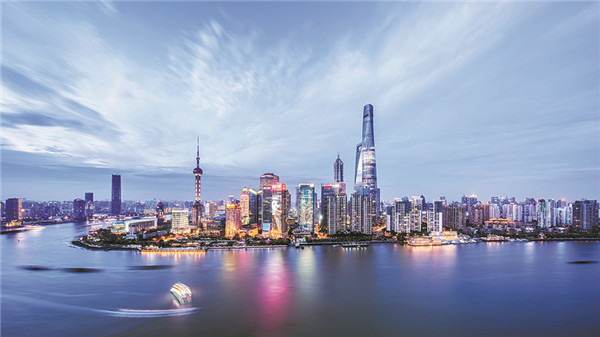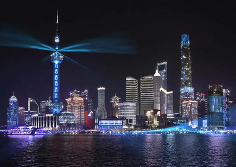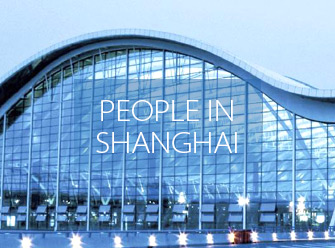10 years on, Shanghai doubles down on BRI

A panoramic view of the Pudong New Area, where China (Shanghai) Pilot Free Trade Zone is located. [Photo/China Daily]
City planning projects aimed at better connecting itself with other regions
Shanghai will continue to promote the high-quality development of the Belt and Road Initiative after already fulfilling a series of exemplary BRI projects over the past decade, a senior Shanghai official said.
"For the next step, Shanghai will build a channel for higher-quality two-way investment and trade, a hub for infrastructure interconnection featuring higher efficiency, a pillar for higher-level professional services, a link for closer people-to-people bonding and a platform for opening-up to the outside world at a higher level," said Hua Yuan, vice-mayor of Shanghai, during a recent interview with Xinhua News Agency.
All such work will comply with the new trends and requirements of global development, he said.
"Over the past decade, Shanghai has always regarded participating in the high-quality joint construction of the BRI as an important part of building the city into a domestic, large-cycle central node as well as a domestic and international dual-circulation strategic link," Hua said. "We've achieved a series of symbolic, pioneering and exemplary results based on the advantages of the city's own characteristics and functions," he said.
Among them, a coal-power integrated project operated by Shanghai Electric Group near the Thar Desert in Pakistan has ensured electricity for 4 million local households, and a dock in Haifa Bay in Israel invested in and built by Shanghai International Port (Group) Co was the first new one in the country in six decades.
By June this year, Shanghai had invested $33.67 billion in countries involved in the BRI, and its total contracted project value in those countries had amounted to $81.13 billion. Meanwhile, its trade in goods had totaled more than $1.5 trillion, according to Hua.
In the meantime, by implementing the economic and trade cooperation agreement, Shanghai actively encouraged enterprises from countries involved in the BRI to invest in Shanghai, Hua said.
The total number of regional headquarters and foreign-funded research and development centers of multinational companies in Shanghai has reached 922 and 544, respectively.
Shanghai has constantly innovated work methods to deepen economic, trade and investment cooperation with businesses from countries involved in the BRI. For instance, a comprehensive service center was established, and a mini program was launched to promote communication among governments, businesses and enterprise-related service providers, Hua said.
"Focusing on the financial industry, Shanghai has been improving its professional service capabilities and providing high-level service support for the joint building of the BRI," said Hua, adding that the city has continued to promote the two-way opening of the financial market and set up an investment and financing center for the BRI.
Last year, the Cross-border Interbank Payment System in Shanghai added 59 new Belt and Road partners. At the Shanghai Stock Exchange, over 1,000 overseas institutions traded in the interbank bond market through direct investment or the Bond Connect program.
Shanghai has also improved infrastructure connectivity through ports, airports and digital technology, said Hua. For example, Shanghai Port grows every year in terms of container routes and cargo ships to and from other countries involved in the BRI.
Hua said Shanghai will continue to utilize its advantages in global economic and trade ties, as well as its business environment to create international centers focused in economics, finance, trade, shipping, and science and technology innovation. He added that two-way communication with the countries involved in the BRI on policy, facilities, trade, finance and people-to-people exchanges will further empower the BRI.
"We'll continue to promote the deep integration of BRI construction with major national strategies, such as the integrated development of the Yangtze River Delta region and the development of the Yangtze River Economic Belt," he said.
 Contact Us
Contact Us

 Brilliant light show to illuminate Huangpu River
Brilliant light show to illuminate Huangpu River Maple leaves paint splendid scenery in Pudong
Maple leaves paint splendid scenery in Pudong Appreciate alluring lotus blossoms in Pudong's Century Park
Appreciate alluring lotus blossoms in Pudong's Century Park New pedestrian street boosts Pudong's night economy
New pedestrian street boosts Pudong's night economy 


